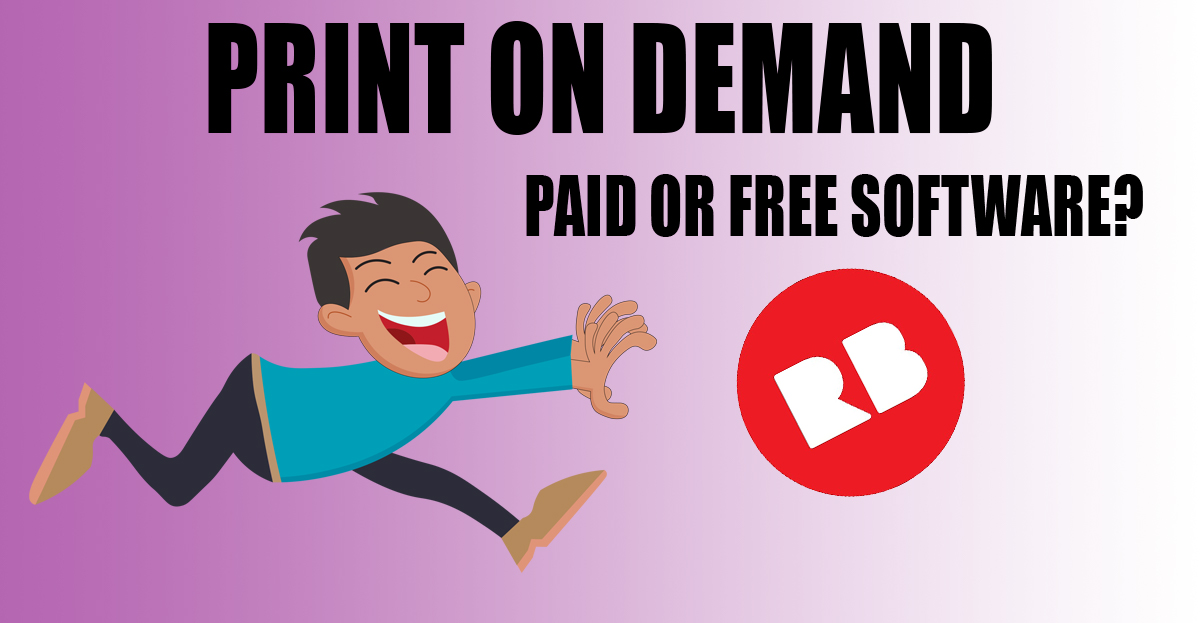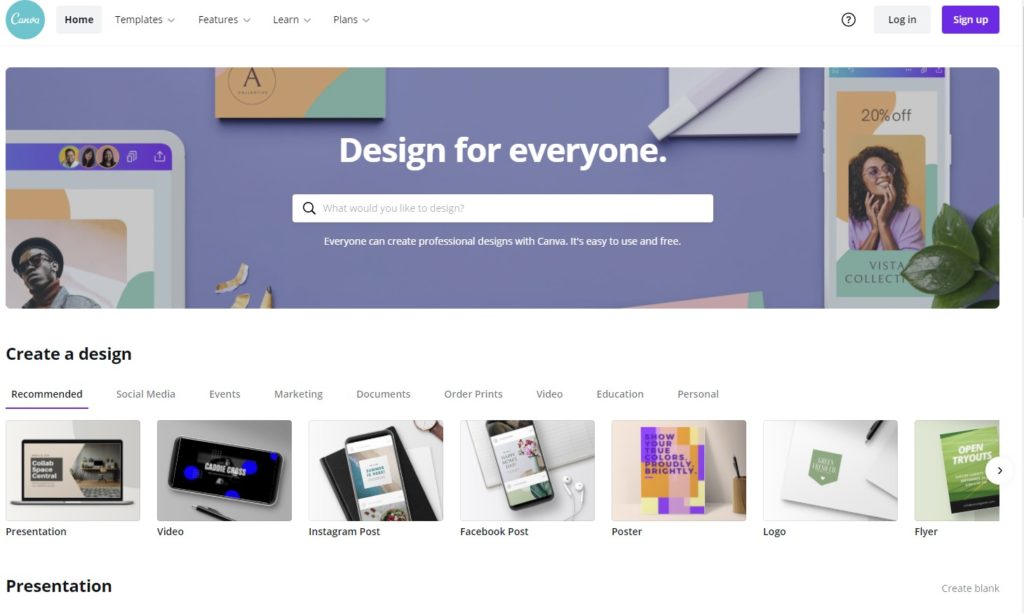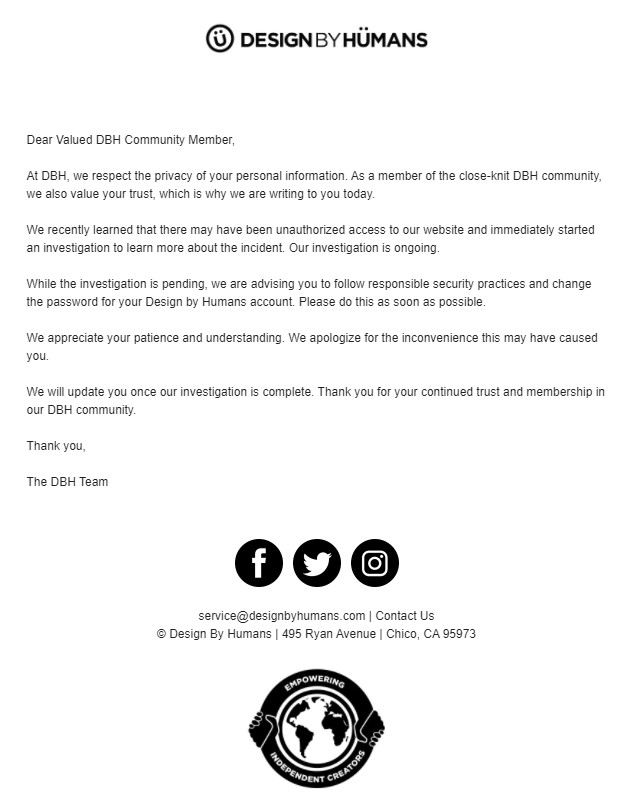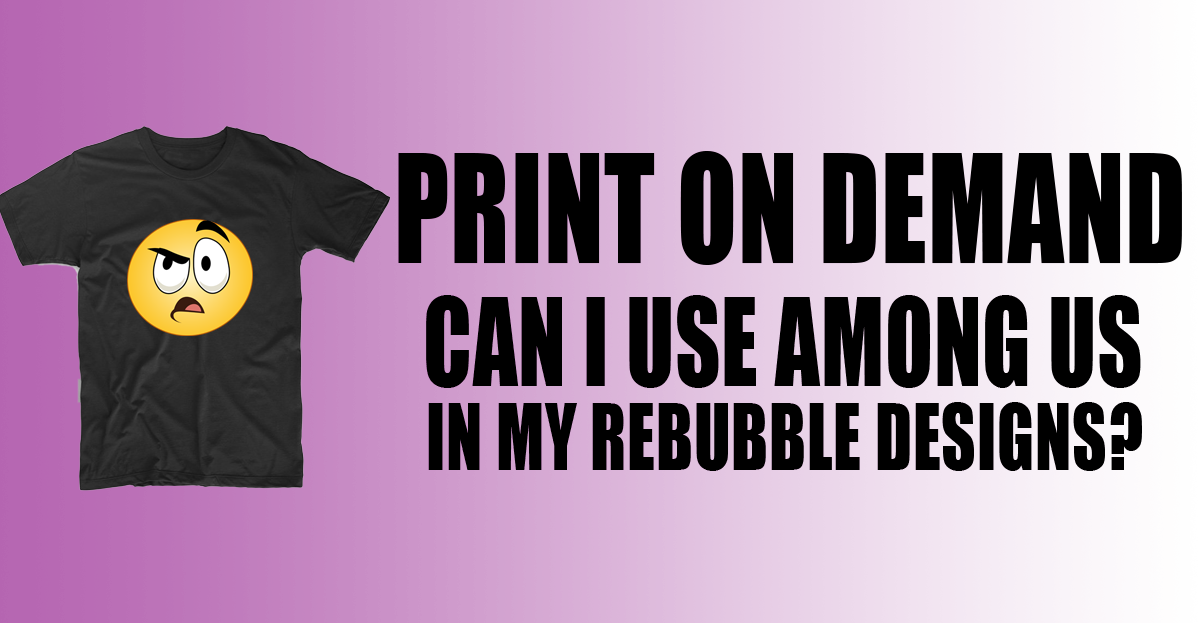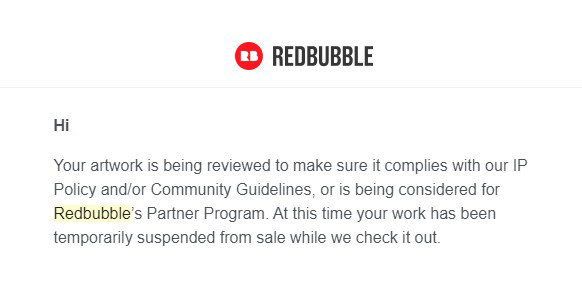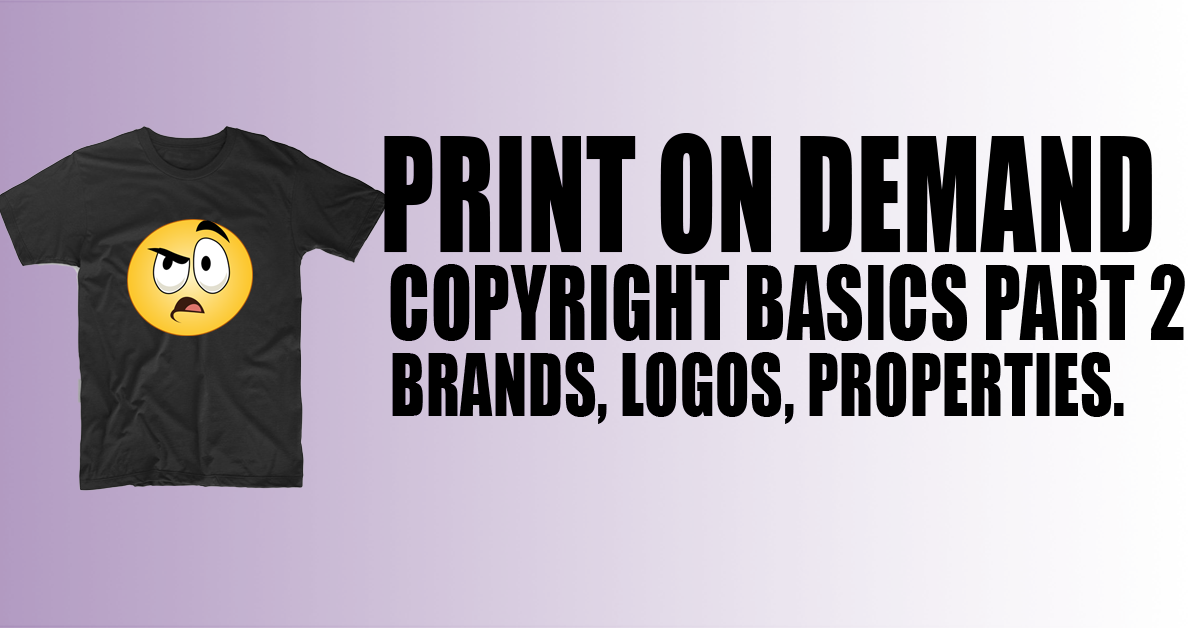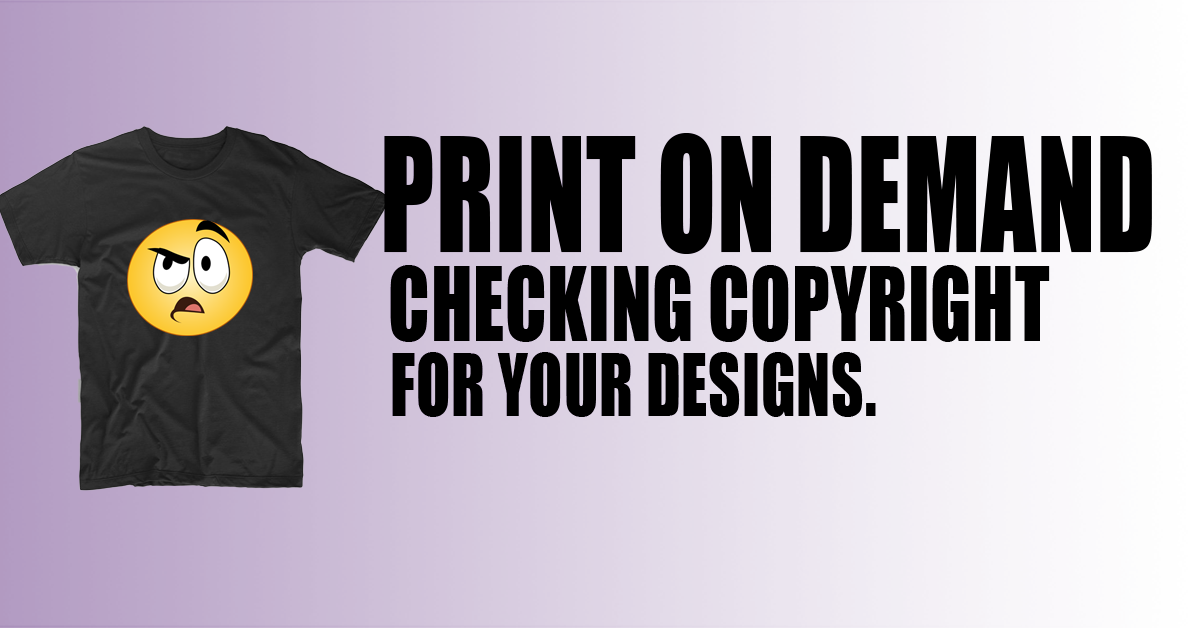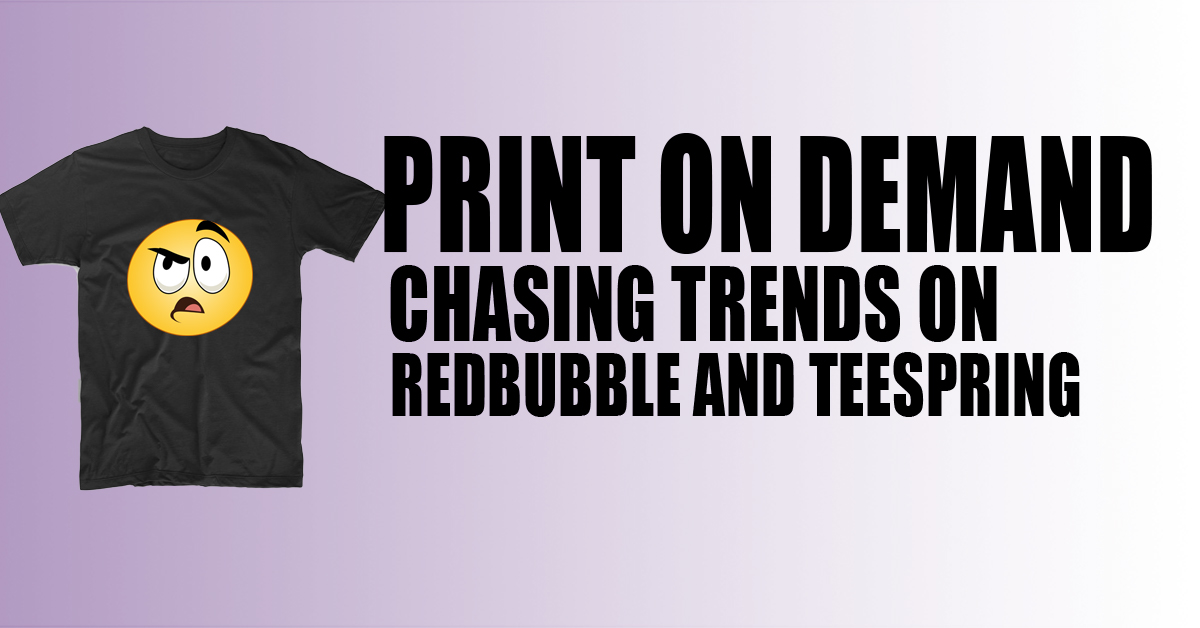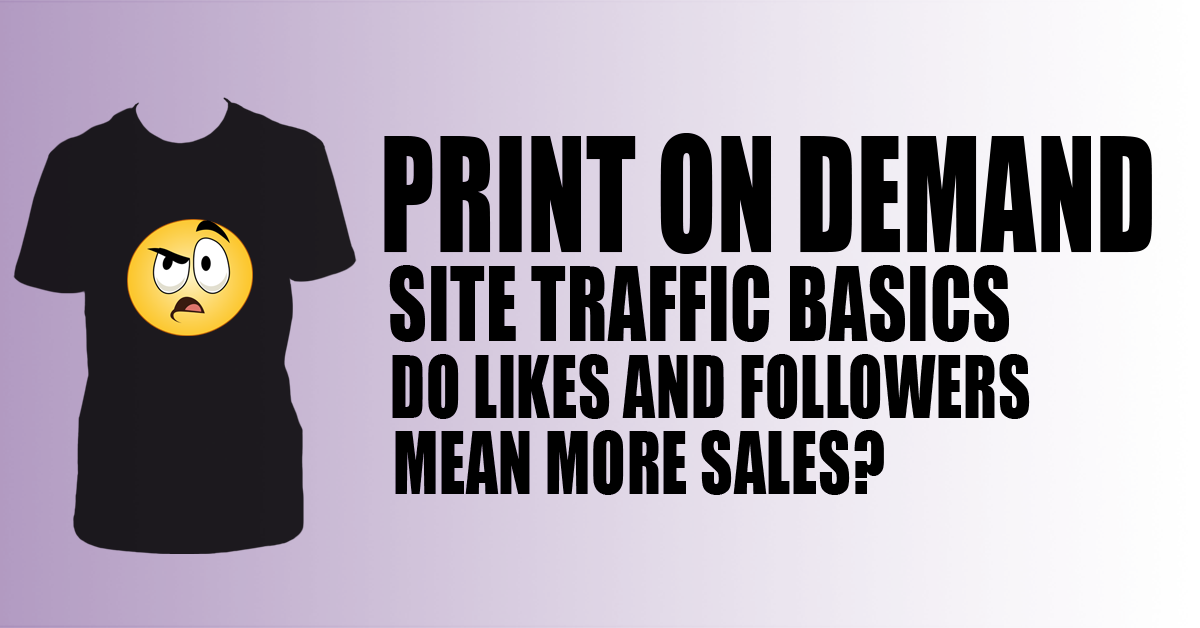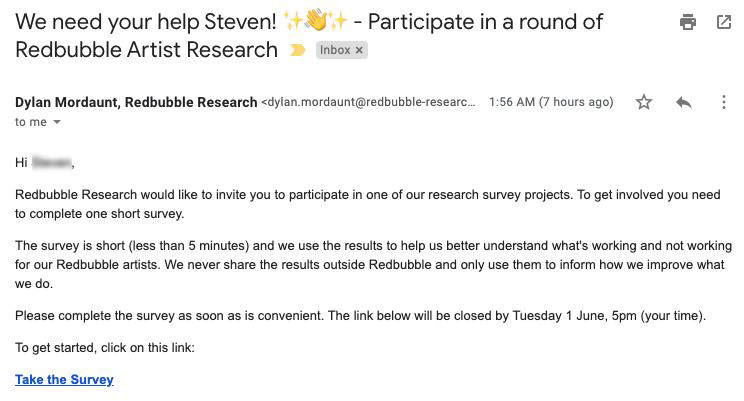
Did you recently receive an email about a survey from Redbubble? Are you wondering if this is a legitimate email and if Redbubble really want your feedback? Are you concerned that this email is a spam email and you should not click the link because it may be a scam? Let’s talk about it
Changes
Redbubble has been going through some recent changes, in January this year, new CEO: Michael J. Ilczynski, joined the company amidst ongoing litigation for copyright infringement from videogame company Atari. Hope by the artist community was that when Ilczynski took over the CEO seat positive changes would be coming for Redbubble in terms of the rampant copyright infringement present on the site. Hopefully, we may be starting to see changes on the horizon. But what about that weird email?
Your opinion counts
I recently got this email too, and before I took the survey, I sent off a response to the address the message originated from. I received a curt response that this is indeed a legitimate survey, and my feedback is valuable etc. etc. It appears as though there were two different surveys sent out, one for buyers and one for artists.
The artist survey was mostly focused on copyright concerns and how the artist community felt Redbubble was handling the situation compared to other Print on Demand platforms. The survey started with questions about how Redbubble was dealing with copyright infringement and if I felt that my designs were protected on their system. You can protect your designs with watermark easily, just go to your Redbubble dashboard where you can enable a beta version (as of this writing) for an option to protect your artwork. This feature places half opacity X’s over the design when it is viewed to prevent others from directly lifting and stealing your work. The reality is that anyone with photoshop and about 30 seconds can remove those watermarks. As with most copyright systems, they only really hinder the legitimate users and shoppers experience rather than deterring theft.
The survey also asked questions about copyright infringement, and as an artist if I was satisfied with the way RB protects my work. I have had more work stolen from Redbubble than any other print on demand service I use. It is difficult to tell whether this is just because Redbubble is so much larger than other services, making them a bigger target or whether it is just easier to scrape data from Redbubble’s servers. In the survey, they also wanted to know if Redbubble did a better job protecting artist’s work than other print on demand services. What was the sudden concern about whether I consider my work protected or not? They haven’t cared up until now, could there be another reason for this sudden concern about our art?
Ulterior motives
I do not work for Redbubble, but I know a lot about copyright, and intellectual property law. In June 2018, Redbubble was sued by Atari for copyright infringement. People were apparently selling Atari branded merchandise on Redbubble, and they got caught. I surmise that this survey is part of the litigation going on between Atari and Redbubble. They want to show that their artist community feel they are taking the safety of artist’s work – and copyright infringement very seriously. So. the sudden concern for the protection of artist’s work may be for more selfish reasons, especially when they have other problems that need to be addressed with their business and site.
The real issues
Protecting artist’s work is a huge issue, don’t get me wrong, but Redbubble has other equally large issues plaguing it which could arguably impact artist’s Redbubble income more than someone stealing their design.
Copyrighted Properties
The biggest problem on Redbubble is the rampant presence of copyrighted properties. Within a few seconds, it is easy to find designs based on all sorts of properties not in the partner program. Star Wars, Star Trek, Marvel, DC, Disney, and so much more can easily be found and purchased. The presence of items with these properties is detrimental to artist’s earnings on Redbubble. If I create a design with a coffee cup that says I love coffee and that is presented to the customer side by side in the Redbubble store with a design using Baby Yoda that also says I love coffee, which one is going to sell? This assumes that the buyer is searching for a shirt that says I love coffee, and the representation of Baby Yoda is executed well. The sales for those of us who are not using copyrighted properties are impacted every day by Redbubble ignoring the presence of these properties on the site. Now, some may argue that if my design mentioned above was executed better than the one with the Baby Yoda, it would naturally sell more than the one with the copyrighted property – of that argument I am not convinced. If all copyrighted properties were removed from the Redbubble store (which they should be) it would put everyone selling product on the site on equal ground and make sales about the execution of the design not stealing trending properties everyone wants.
Tag spamming
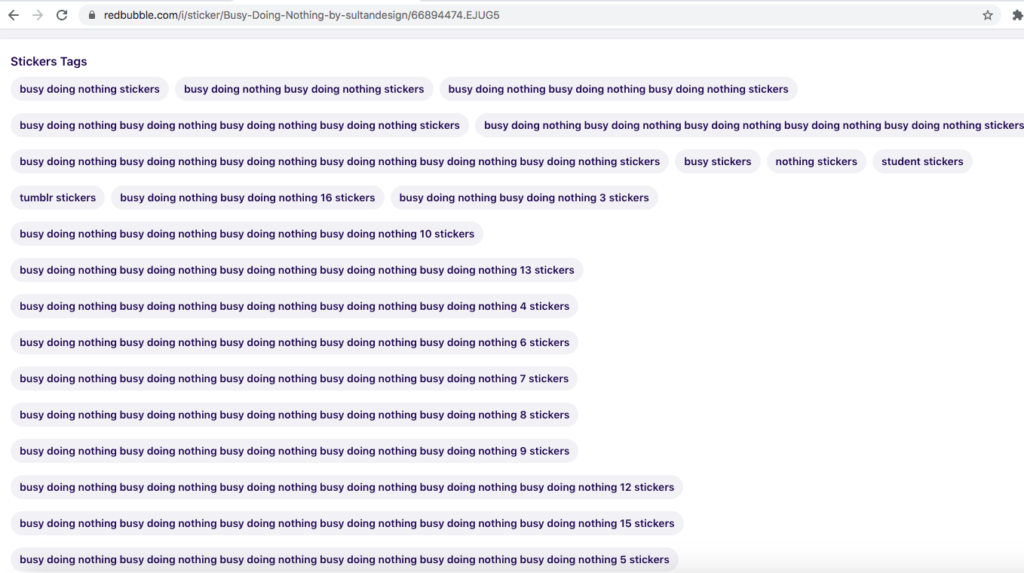
When you upload a design to Redbubble, you add tags for that design, however many artists game the system using tag spamming to unnaturally raise the rank of their design in the system’s algorithm. We have all seen them before, a design based on dogs has a long line of the word dog and breeds copied a million times. Implementing tags in this way is against the Redbubble rules and gives those using this bug an advantage over others uploading similar designs. You would think that this should be easy to catch or at least remove the benefit to those gaming the system. As of this writing this has not yet happened, and the use of tag spamming can get your design on page on of a search easily.
To catch a thief
Each time a design is printed onto a product, there is someone standing there putting the shirt or mug or whatever into the machine and bringing up the design to print. Those people should be knowledgeable in copyrighted properties and have a system where they can question whether something is a copyrighted property before it gets printed and sent out. Again, I’m not a Redbubble employee, but obviously this isn’t a system that is available to the employees printing the designs because if it were, they would know better than to print something with a Pikachu or Batman on it and send it out.
This leads to the argument that Redbubble turn a blind eye to what is being sent out. If they are more concerned about profit and sales than intellectual property theft, then they would have a system like the one mentioned above already in place, and more shops with copyrighted properties would be banned. The people printing the products are the last line of defense when it comes to copyright property theft, they should be able and required to mark a design for review before it is printed and sent out if it is suspect.
Approval process for designs
Because of the volume of deigns uploaded daily to Redouble, it may see an unsurmountable task to have a team member looking at every design before it gets approved for sale. I surmise that the only review happens when the algorithm marks a tag which is for a copyrighted property, meaning that you can sell that Baby Yoda shirt as long as you don’t mark it as Baby Yoda. The review process is also triggered by complaints from copyright owners. The problem with this system as mentioned earlier is that much goes unnoticed which is why there is so much copyright property for sale on Redbubble. Those using these designs have learned to tag so they won’t get sent to review and use more generic descriptions which don’t mention the actual name of the property.
The devil you know
Redbubble has issues, but they are the biggest print on demand service, so artists just have to deal with all the downsides. I mentor a lot of artists who have jumped ship from Redbubble to other services like Teepspring, Teepbulic (owned by Redbubble), Design by Humans and others but end up coming back to Redbubble for better sales. Redbubble spends more in marketing on social medial like Facebook and tis helps.
Will there be positive changes, and will Redbubble remove all of the copyrighted designs? Probably not. Will they thin the herd out so to speak? Likely. Will the new CEO implement changes that make it fairer for artists not stealing other people’s properties? Perhaps. Time will tell and I will report when I know more.
Get out there and get designing the next viral shirt!

